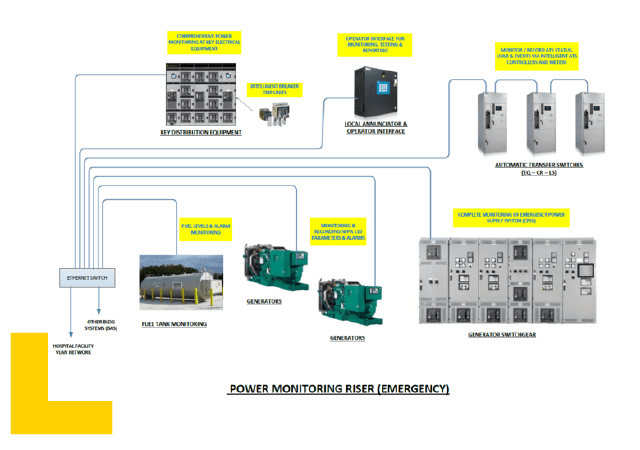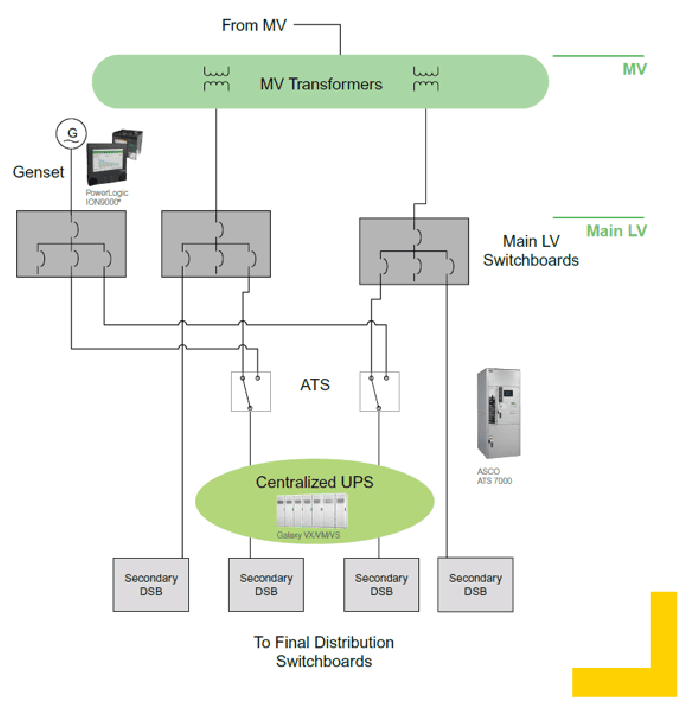Emergency Power Supply
System Testing
Meet Compliance Standards and Avoid System Failure with Automated EPSS Testing

According to the Electric Power Research Institute, backup power systems fail to start 20% to 30% of the time. This failure can be caused by things like starter battery failure, low fuel levels, wet stacking, and controls in the wrong state.
At Qubits, our fully automated EPSS testing helps hospitals and data centers comply with testing standards (including NFPA 110 and other standards from Emergency and Standby Power Systems 2019). And by ensuring the functionality of these backup systems, you can rest knowing you’ll have power in the case of an emergency—giving peace of mind to all who use your facility.
Power and Energy Management for Healthcare
EPSS testing in hospitals is essential to ensure backup power is available when needed. This testing is usually done weekly or monthly, and depending on the jurisdiction, different regulatory bodies dictate test parameters.
Traditionally, EPSS testing has been carried out using stop watches and manual recording of test parameters—a time-consuming and labor-intensive method prone to human error.
Automated EPSS testing increases reliability, provides traceability in case of unanticipated problems with the EPSS system or litigation, and helps to reduce the staffing required for testing.


Power System Automations
• Automatic transfer switches (ATSs)
• Generator switchgear
• Generator monitoring
• Fuel tank monitoring
Low Voltage Generator Architecture
If the backup supply system operates on a low-voltage section of the network, it will usually include several ATSs.
As illustrated here, the ATS and the genset will each be equipped with a power meter to collect analog electrical data from their power outputs as well as status details via digital I/O ports.

